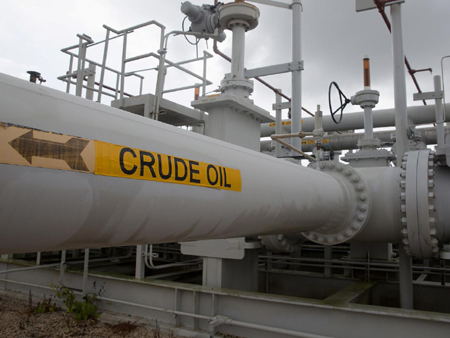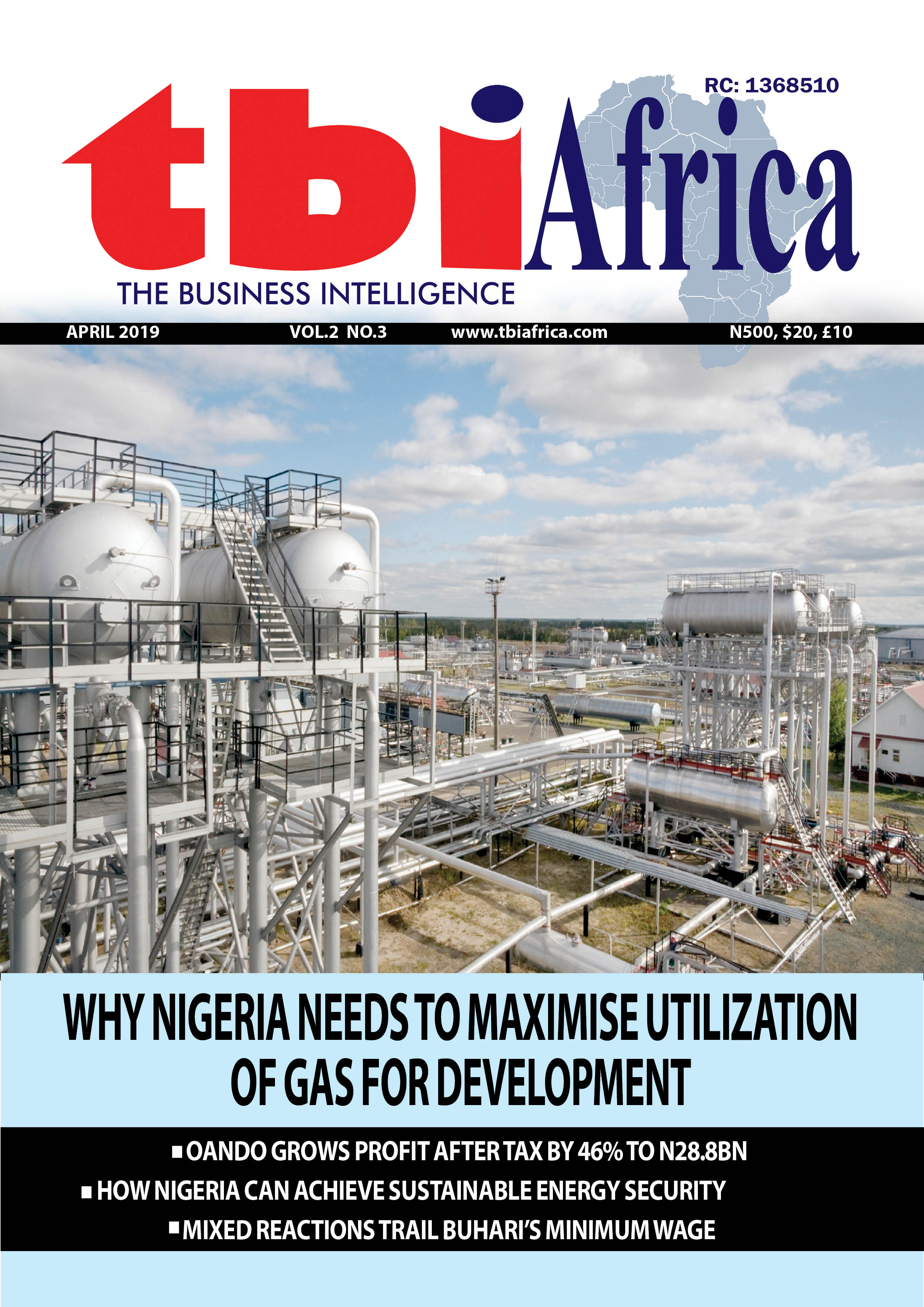Photo caption: Crude oil
Crude prices lingering below $65 are benefiting U.S. consumers at the pump, but they’re squeezing shale producers.
Key shale players like Diamondback, Liberty, and Coterra are cutting production, scaling back rigs, and warning of dividend risks.
The U.S. shale sector may face a sharp contraction of up to 500,000 bpd by year-end, with the rig count already down 7% since January.
In a market increasingly governed by geopolitical tremors and macroeconomic mismatches, crude oil dipping below $65 per barrel seems like a gift to global consumers. But behind that price tag lies a slow-moving crisis for U.S. shale producers, many of whom are being forced to pull back on production, delay capital projects, and recalculate what sustainability means in a low-margin world.
Even after a brilliant spike on Monday, Brent is still languishing around $65 per barrel, with WTI trailing slightly lower. But while American drivers are beginning to enjoy sub-$3 gasoline at the pump in several states, producers from the Permian to the Bakken are facing rising pressure from investors and markets alike. Low prices are forcing tough decisions on everything from rig count to buybacks, and the broader U.S. energy sector is again confronting volatility.
OPEC+’s weekend announcement that it will continue easing output restrictions with a fresh 411,000 bpd increase for July barely registered in the market, distracted as it was by Ukrainian drones and Russian military targets.
But in the interim, American producers are stuck in a precarious position, squeezed between falling benchmarks and rising breakevens.
A year ago, $65 oil would not have raised alarms. In fact, many U.S. producers and analysts viewed that price level as sustainable — if not ideal. Coming off the post-pandemic cost discipline and a period of investor-enforced capital restraint, shale operators had slimmed down enough to turn profits in the $60–$70 range.
But the landscape in 2025 looks very different.
Input costs for steel, labor, and frac materials have surged, pushing breakeven prices in major basins closer to $70. The average breakeven price for Permian producers is now edging back toward the mid-$60s, up from the mid-$50s just two years ago. New tariffs on imported equipment have further inflated expenses, as noted by the Financial Times.
Multiple energy analysts have been sounding the alarm that these prices are not sustainable for U.S. shale.
Rystad Energy said in a May 30 briefing that the breakeven price for new horizontal wells in key shale plays is now closer to $68 per barrel, a sharp rise compared to 2023. “There’s an expectation of tight capital budgets and slower reinvestment — even if prices recover modestly,” said analyst Artem Abramov.
Wood Mackenzie echoed the sentiment, noting that investor expectations for returns have hardened. “This is not 2014. Investors want cash flow, not growth,” said Robert Clarke, VP of upstream research. “If the price floor doesn’t come back, the rig count absolutely will fall.”
While investors continue to prioritize shareholder returns over growth, producers now face the challenge of delivering those returns with increasingly thin margins. What was a comfortable floor in 2024 has become a pressure point in 2025.
The Shale Patch’s Comfort Zone Is Getting Smaller
- Diamondback Energy: Cutting Output, Cooling Confidence
Diamondback Energy, one of the top-tier Permian operators, recently flagged that U.S. shale output may have already peaked for 2025. Speaking during its May earnings call, CEO Travis Stice said, “We’re entering a period of discipline, not expansion. Prices like this don’t support aggressive growth.”
The company has reduced its production guidance slightly for the second half of the year and halted plans to add rigs. Share buybacks were modest in Q1 (just $150 million) and no new acceleration has been signaled. Diamondback is still profitable, but just barely, and analysts at Truist Securities have warned that “continued sub-$65 oil could force a dividend reduction later in the year.”
- Liberty Energy: Frac Crews Retreat
Liberty Energy, a major hydraulic fracturing services provider, is in deeper water. With fewer producers willing to fund new wells, the company has warned it may reduce its frac crew count by up to 15% by August. According to CEO Chris Wright, “The environment is telling us to get lean again.”
The stock has lost over 40% since January, despite earlier optimism about a robust drilling year. Liberty’s challenges are particularly telling because the company operates across multiple basins and serves both large and mid-sized independents. As goes Liberty, so goes the rig count.
- Coterra Energy: Defensive Positioning
Coterra Energy has begun trimming its exposure more aggressively. In its latest investor presentation, the company noted a planned reduction in Permian rig activity by 30% for H2 2025. Capital expenditures are being revised downward by 4%, and executives say they’re “focused on preserving shareholder returns in a tough environment.”
Coterra’s diversified asset base — spread across the Permian, Marcellus, and Anadarko basins — gives it a buffer. But as the New York Times recently reported, “The economic playbook of pumping through the pain is losing favor fast” among shale CFOs.
The Tariff Effect
One less-discussed factor contributing to the squeeze: steel tariffs. Metal.com reported last week that U.S. imports of OCTG (oil country tubular goods) have dropped sharply due to new rounds of tariffs on Chinese and Vietnamese pipe. As a result, costs for casing and tubing have risen over 20% YTD for many mid-cap producers.
This further erodes margins at a time when shale players have little room for inefficiencies. Even firms with hedges in place for H1 2025 will see rolling exposure in Q3 and Q4. The pain is only just beginning.
The bigger picture is industry retrenchment.
While the U.S. consumer cheers falling gas prices, the supply chain that keeps those prices low is looking brittle. The rig count, already down 7% since January, is expected to fall further in June. If prices remain at or below $65, shale may contract by another 300,000 to 500,000 bpd by year-end, according to estimates from S&P Global.
Unless there’s a sudden reversal in global balances or a geopolitical shock that drives prices higher, U.S. shale producers may need to brace for a longer downturn than anyone expected.
=== Oilprice.com ===



